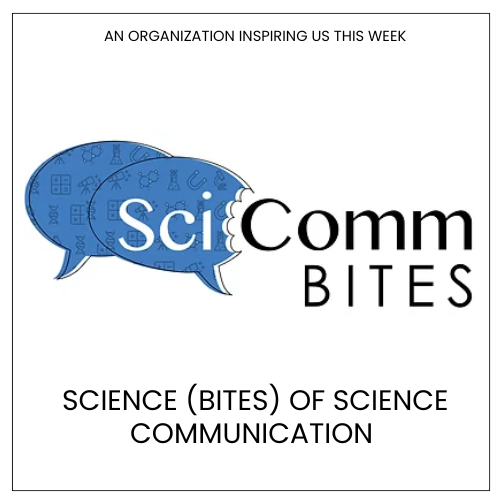CSO - Stories in Science
Humans of HBI: DJ Bambah-Mukku
DJ Bambah-Mukku: “The hardest part of experimental science in general is learning to cope with failure. Perseverance and grit are probably the most important traits that one learns in experimental biology. Having a supportive mentor and fun colleagues can make this process less painful and sometimes enjoyable.”


Dr. DJ Bambah-Mukku – Photo by Celia Muto
Who or what most inspires you and why?
I have had the good fortune to work with visionary mentors and fantastic colleagues (including undergraduates) in my short scientific career. These are the people who inspire me every day. The guidance and camaraderie of colleagues is what drives science and diverse work environments really have the power to provide unique answers to hard problems.
As an undergraduate, I was inspired by the elegant and simple experimental approaches that led to conceptual leaps in molecular biology and evolution- many of which were made right here at Harvard!
What are your hopes for the future?
We live in an exciting time for neuroscience, wherein a confluence of new technologies and “moonshot” big-data projects is allowing us to investigate at an unprecedented scale one of the great mysteries of science- that of how the brain gives rise to behavior. The next few years will reveal a near complete “parts list” of neuronal and glial cell types, based on morphology, molecular profiles, and activity patterns. It will then become critical to understand the function of these cells in the context of naturalistic behaviors.
I am excited to continue my endeavor to explore the nature of emotion as well as to ask questions that, until recently, were beyond mechanistic reach. Specifically, it will be very satisfying to gain insights into the neurobiology of subjective experience and the evolution of behavioral diversity.
What is the hardest part about the work you do?
The hardest part of experimental science in general is learning to cope with failure. Perseverance and grit are probably the most important traits that one learns in experimental biology. Having a supportive mentor and fun colleagues can make this process less painful and sometimes enjoyable.
Another important skill needed to stay at the forefront of discovery is to constantly evolve and take risks. Learning these skills perhaps takes many years of experience and is a hard ideal to achieve, but one that I’ve been assured leads to satisfying rewards.
Metrics
Sessions
Total number of Sessions. A session is the period time a user is actively engaged with the page.
Visitors
Users that have had at least one session within the selected date range. Includes both new and returning users.
Page views
Pageviews is the total number of time the article was viewed. Repeated views are counted.
The CS Media Lab is a Boston-anchored civic science news collective with local, national and global coverage on TV, digital print, and radio through CivicSciTV, CivicSciTimes, and CivicSciRadio. Programs include Questions of the Day, Changemakers, QuickTake, Consider This Next, Stories in Science, Sai Resident Collective and more.

-
Civic Science Observer3 weeks ago
What are the objectives of the Neurotech Justice Accelerator at Mass General Brigham?
-
Civic Science Observer2 months ago
Dear Colleagues: Now is the time to scale up public engagement with science
-
Civic Science Observer2 months ago
Weekend Watch: At Boston College, the McMullen Museum of Art presents “Wonders of Creation: Art, Science, and Innovation in the Islamic World”
-
Civic Science Observer2 days ago
Dear Colleagues: Help us understand the national impacts of federal science funding cuts on early career researchers in academic laboratories























